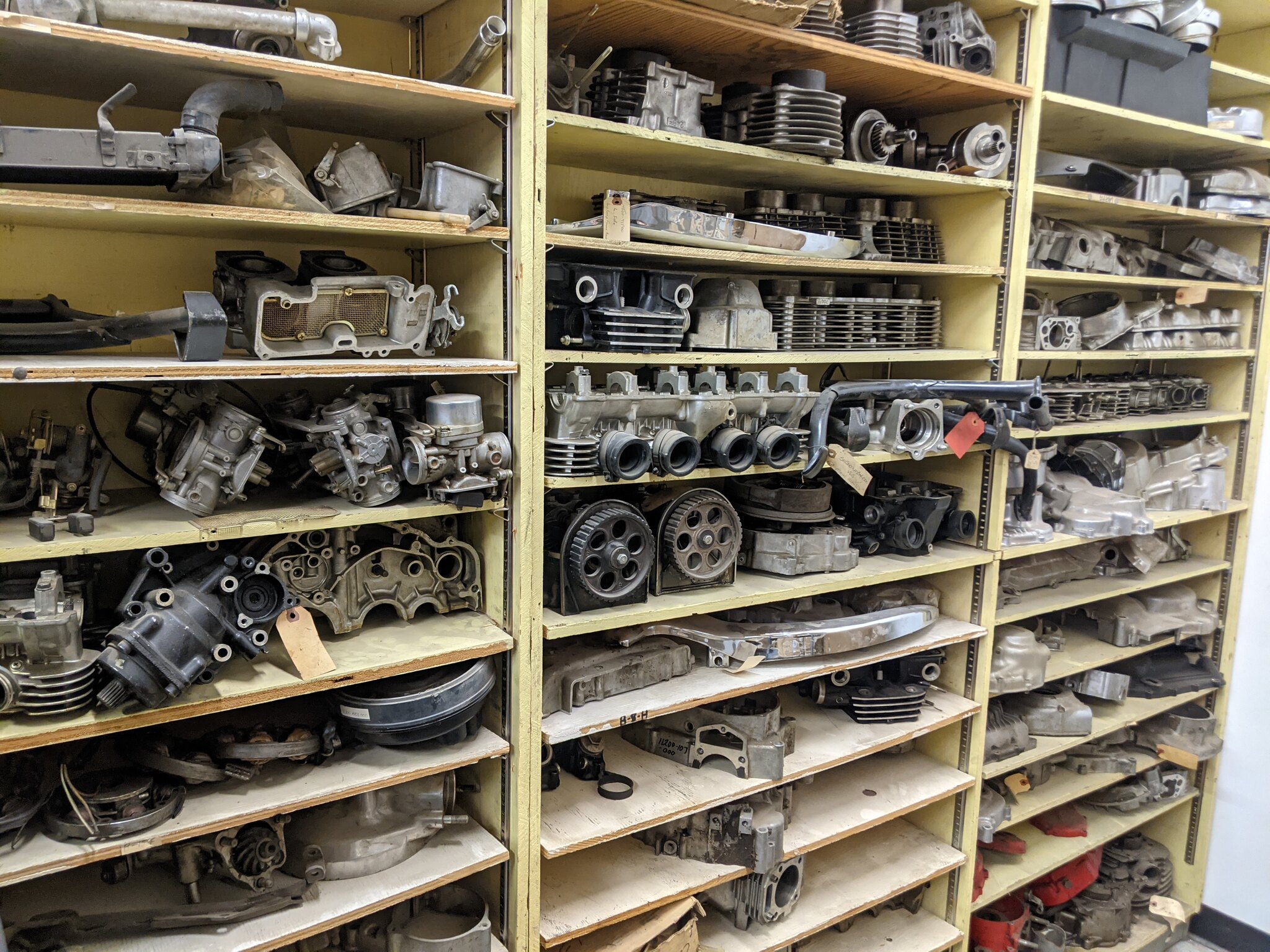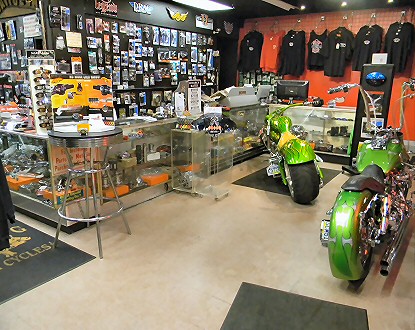Browse Through Our Motorcycle Shop for Expert Recommendations and Quality Products
Mastering Motorcycle Gears: Exactly How to Maximize Your Riding Experience
In the realm of motorcycling, understanding the art of equipment manipulation is essential for improving your riding performance. Appropriately making use of and recognizing motorbike equipments can dramatically influence control, velocity, and gas performance, changing a typical adventure into a smooth, thrilling trip. By incorporating precise change timing and adapting equipment selection to various roadway problems, cyclists can ensure ideal engine efficiency and safety. The subtleties of clutch control, throttle coordination, and gear auto mechanics bid a deeper expedition, assuring to open the full potential of your maker. How can these strategies be taken advantage of to absolutely optimize your riding experience?
Comprehending Equipment Mechanics
At the core of motorbike characteristics, gear technicians play a crucial role in transforming engine power into activity, ultimately dictating rate and control. The equipment ratios, thoroughly made, determine the partnership between engine transformations and wheel turns, impacting velocity and fuel performance.
Comprehending equipment technicians starts with identifying the importance of the gearbox, which houses multiple gears of differing dimensions. These equipments engage via a process referred to as meshing, where teeth of various equipments engage to transmit power. The precision of this interaction is crucial; any misalignment or damages can result in inefficient power transfer, preventing performance. In addition, the plan and dimension of gears affect the motorbike's capacity to manage different tons and speeds.
Moreover, the idea of gear changing is important to optimizing efficiency. Smooth and timely changes ensure that the engine runs within its ideal power band, stopping unneeded stress and enhancing durability (motorbike shop). By understanding these mechanical ins and outs, bikers can achieve a harmonious mix of control, performance, and power, boosting their riding experience
Timing Your Shifts
Change timing mastery is essential for enhancing motorcycle performance and boosting the riding experience. Appropriately timed changes ensure that the engine operates within its ideal power band, which is vital for keeping control, accomplishing smooth velocity, and guaranteeing the longevity of the motorbike. Motorcyclists need to create an user-friendly feeling of when to move equipments, which includes recognizing the relationship in between engine transformations per minute (RPM) and speed.
To master shift timing, pay close interest to the engine's audio and feel, as these give important clues regarding when to change equipments. The perfect change factor usually takes place when the engine approaches the upper variety of its power band without getting to the redline. Moving prematurely can bring about an absence of power, while changing too late might cause unneeded engine strain
Furthermore, road problems and riding design influence shift timing. In contrast, during highway riding, less shifts at higher rates can be a lot more proper.
Enhancing Gas Effectiveness
While grasping motorbike equipments is essential for performance, boosting gas efficiency is equally crucial for both environmental and financial reasons. Optimum fuel consumption not only lowers operational costs however additionally lessens the environmental footprint of riding. To accomplish this, one have to comprehend the intricate relationship between gear option and engine efficiency.
Firstly, selecting the appropriate equipment at ideal rates can significantly influence fuel intake. Riding in a greater equipment at lower speeds can bring about engine lugging, which is detrimental to both gas economic situation and engine wellness. Conversely, riding in lower equipments at high rates causes unnecessary fuel usage. Hence, maintaining an optimum balance by shifting equipments in positioning with roadway conditions and expected maneuvers is vital.
In addition, normal upkeep plays an essential duty in fuel efficiency. Making sure that the motorbike is well-tuned, with tidy air filters and properly blew up tires, can reduce additional reading and boost the rules of aerodynamics gas waste. Moreover, adopting a riding design that welcomes steady acceleration and smooth slowdown can contribute to much better fuel economic from this source situation.

Strategies for Smooth Transitions
Achieving smooth gear shifts is essential to improving the riding experience and ensuring the longevity of a bike's transmission system. Appropriate gear shifting not just adds to a seamless adventure but also lessens deterioration on the mechanical elements. To understand the art of smooth shifts, cyclists need to concentrate on a couple of essential techniques.

Secondly, clutch control plays a critical duty. Engaging and disengaging the clutch efficiently calls for method. The clutch bar must be launched slowly, permitting for a smooth transfer of power from the engine to the wheels without causing a jolt or abrupt motion.
Adapting to Road Conditions
Browsing varied road problems is a vital skill for any type of motorcyclist intending to keep control and safety. Whether you're riding on wet surfaces, gravel roadways, or navigating doglegs, your ability to adjust your gear use and riding method is vital. Comprehending how to adjust your gears appropriately can substantially influence traction and stability, making certain a more secure trip.
On wet roadways, it is advisable to maintain higher equipments to minimize torque and lessen wheel spin. This approach helps preserve grasp on slippery surfaces, permitting smoother acceleration and slowdown. On the other hand, when riding on gravel or unequal terrain, lower equipments are more effective. Lower equipments give much better control and enable you to respond even more swiftly to unanticipated modifications in the roadway surface area.
Sharp contours require exact equipment monitoring to balance speed street bike riding gear and control. Downshifting prior to entering a contour can aid keep momentum while guaranteeing the motorcycle remains steady throughout the turn. Regular method in different conditions enhances your ability to predict and react to changes in road appearance and incline.
Verdict
Mastering bike equipments considerably boosts the riding experience by enhancing acceleration, fuel, and control effectiveness. An extensive understanding of gear mechanics and exact shift timing guarantees the engine operates within its optimum power band, while smooth transitions with efficient clutch and throttle control rise convenience and performance. Adapting equipment choice to numerous road problems, such as using greater gears on damp surfaces and reduced gears on crushed rock, additional enhances handling and safety. Ultimately, these abilities elevate the general journey.
Understanding gear mechanics begins with identifying the relevance of the transmission, which houses numerous gears of differing sizes. These gears communicate via a procedure recognized as meshing, where teeth of different gears involve to transfer power (motocross gear). Mild adjustments to the throttle during equipment changes can avoid jerky activities and preserve a consistent riding rate
Whether you're riding on wet surface areas, gravel roadways, or navigating sharp turns, your capability to adjust your gear usage and riding strategy is critical. Adapting equipment choice to different road problems, such as making use of higher gears on damp surface areas and reduced gears on crushed rock, further improves handling and security.